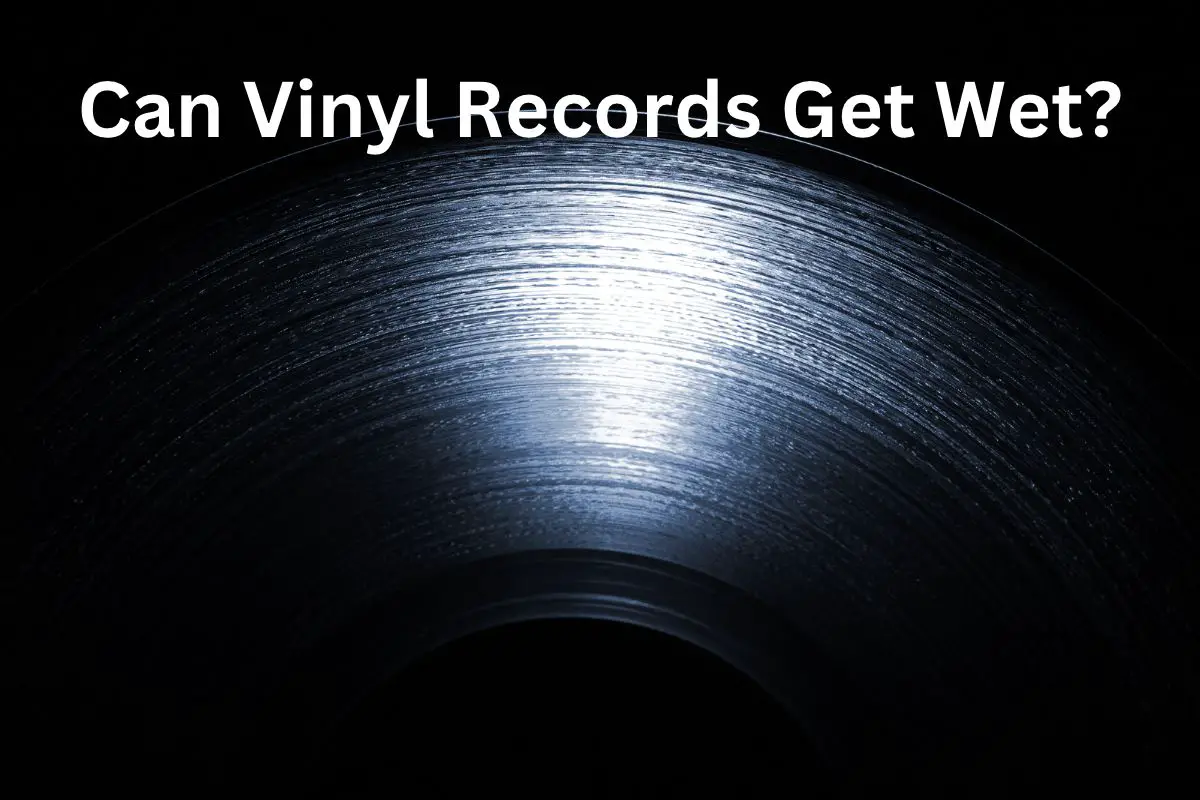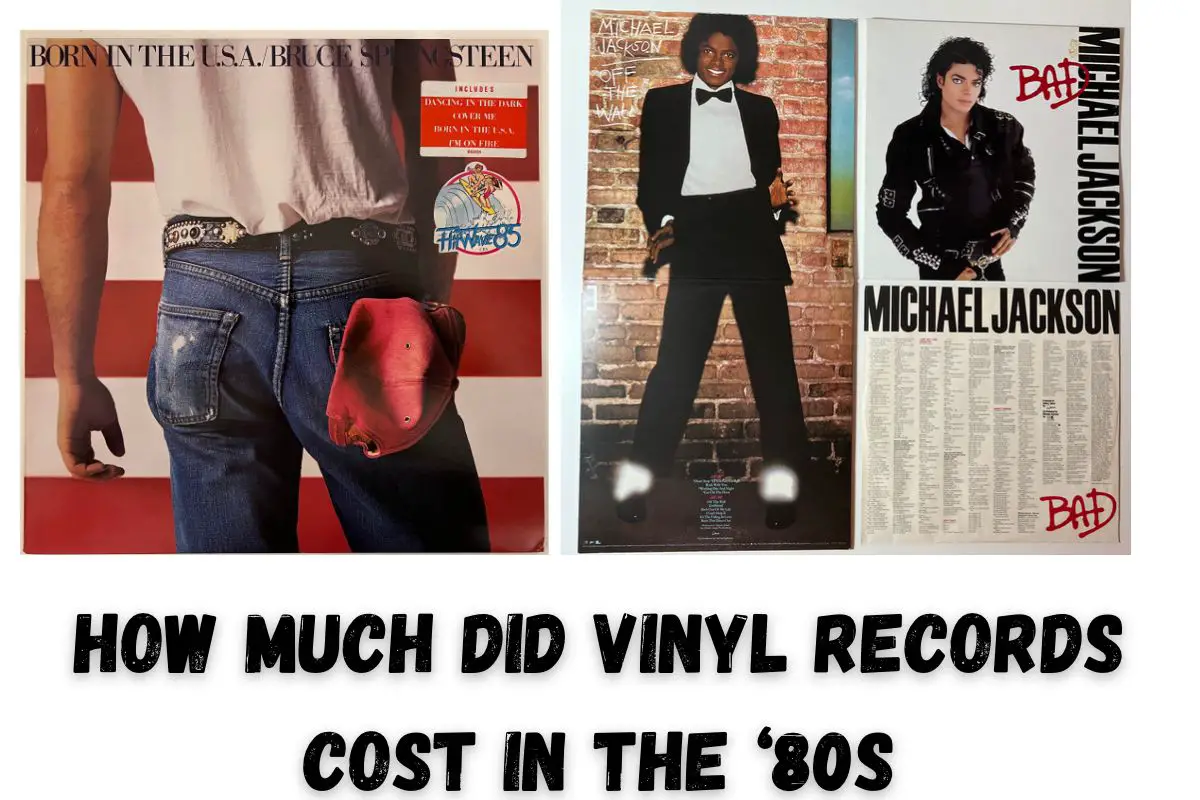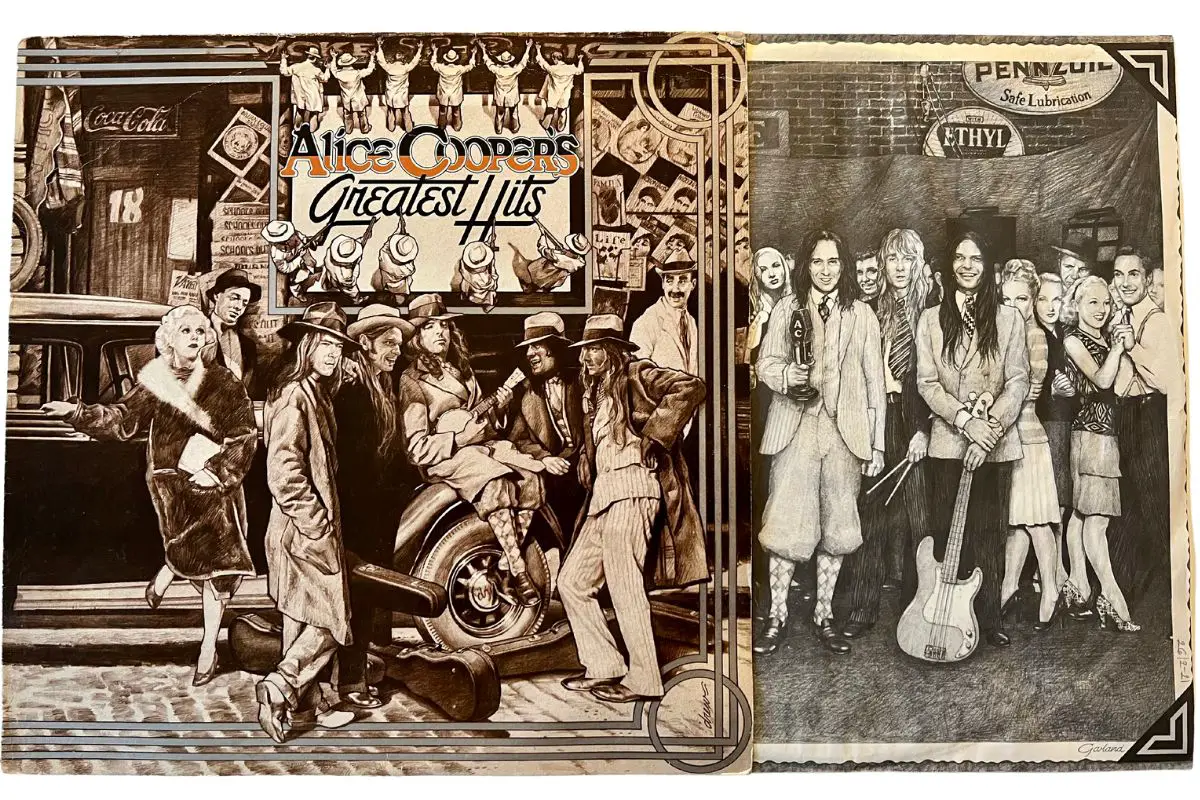This post contains affiliate links.
How do you change the track on vinyl? Many people who own vinyl records ask this question often. Changing tracks on a vinyl record is not something that most owners do. However, that does not mean that it is impossible.
You can change tracks on a vinyl record by using the cueing lever to lift the tonearm while still spinning. Count the grooves from outside in, which correspond to the track numbers. Once you find the track, lower the tonearm on the groove to play it. (source)
Table of Contents
How Do You Change The Track On Vinyl

The way you treat your vinyl records will determine their lifespan. Vinyl records are delicate, so if you are not careful with handling them, their sound quality will degrade in no time. That said, you need to know how you change the track on vinyl. It is essential to note that you need to be extra careful when changing tracks on your vinyl. The reason is that it involves lifting and lowering the stylus.
Moreover, the stylus has a crystal often made of either two types of crystals:
- sapphire
- diamond
These crystals are a lot harder than the material of your vinyl record. For this reason, carelessly changing the tracks can lead to irreversible damage.
Find Out Where The Track You Want To Play Is On The Vinyl
It is easy to identify where the beginning of each song is on a vinyl record. You need to look at the separating gap between every track.
Check the tracklisting on your record sleeve. The number of the tracks corresponds to the rings on the record surface. By counting the rings from the outside of the record surface going in, you will be able to easily find where exactly you need to place the turntable’s stylus.
That way, you will be able to play a particular song without waiting for it to play on the record on its own.
Lift The Tonearm Using The Cueing Lever
For this step, you will need to lift the stylus from the surface of the vinyl record while it is still spinning. If your record player has a cueing lever, it is ideal to use it whenever you need to lift or lower the tonearm.
Stopping the record while the stylus is in contact with the groove will cause the stylus to skate across the surface. Such can be detrimental to the quality of your vinyl record. So, you should lift the stylus with the record still spinning to spread the contact over more than just one area, preventing any possible scratches.
If your record does not have a cueing lever, you will need to use your hand to lift the tonearm. Rest your hand on something steady right beside the platter. Then, use one finger to lift the tonearm as carefully and as steadily as possible.
Move And Lower The Tonearm To Your Desired Track
You are close to learning how do you change the track on vinyl.
Now, move the tonearm at the top of the line of your desired track. Moving the tonearm at the exact spot will require a little practice. But once you are used to it, changing tracks will be easy for you.
After placing the tonearm and lining up the stylus on your desired track, the next thing you need to do is to lower the tonearm. Again, you can use either your hand or the cueing lever for this step.
Once you successfully lined up and lowered the tonearm to your desired track, it will start singing instantly. But that will only happen if you can line up the stylus to the groove perfectly.
However, lining up the stylus is not something you can perfect on the first try.
You may even catch the last few seconds of the preceding song before the stylus finds your chosen track.
But you will figure things out in time. For now, an essential thing that you need to do is to line up and lower the stylus to the record groove most carefully and correctly. (source)
How Do You Figure Out Where A Song Starts On Vinyl?
Now that you know how do you change the track on vinyl, the next thing you need to figure out is where exactly on the record does a track starts.
Vinyl records have grooves that are sound waves. You can say that these grooves are similar to fingerprints of the sound waves captured inside the vinyl record. The three-dimensional grooves cut in the record the behavior of sound waves as they move through the air.
Moreover, a turntable or a record player is needed to play these recorded sound waves. As your vinyl record sits on top of the record player, the stylus moves through these grooves.
The stylus has a tiny sapphire or diamond crystal mounted at the end of the stylus. This crystal will vibrate in the grooves, generating electrical signals. The signals are then fed out of the amplifier, allowing you to hear the music playing.
However, finding the start of a particular track on a vinyl record is not clear. Without any markings or labels, it seems like you have to do trial and error to find the beginning of a song. But in reality, that is not the case.
Identifying the beginning of every song from the tracklist is relatively easy. You only need to count the more prominent lines among the grooves, starting from the outer part of the vinyl record going inside. These noticeable lines are the beginning of each track. (source)
Is It Bad To Skip Tracks On Vinyl
How do you change the track on vinyl? Now that you know the answer to this question, you may be aware that some record owners say that skipping tracks on vinyl is not a good practice. According to some, skipping tracks can be detrimental to the lifespan of the vinyl record.
You can indeed damage a vinyl record by skipping songs. But not if you know how to skip tracks properly.
If you pick up the tonearm carelessly, swing it across the vinyl record, and plop it down with force, you would ruin your vinyl record in no time. The reason is that a vinyl record is delicate enough that the force it receives when you plop the stylus down will scratch and jag it.
In addition, your hands are never really steady. For this reason, it is easy for the stylus to slip up and gouge the grooves. You might even break the needles on the cartridge. If you are not careful enough on changing tracks on a vinyl record, you will start hearing pops and ticks because the record is slowly getting gouged.
But if you know how do you change the track on vinyl properly, you will be able to do it while preserving the sound quality of your disc.
That said, never pick up or abruptly drop the stylus of your vinyl record, especially when the song is fading out. Instead, be careful in doing so and find a steady surface that can support your hand as you lift the stylus. That is the key to avoiding scratching your vinyl record when you skip songs. (source)
Sources
- How Do Record Players Work?, Live Science, Accessed September 10, 2021.
- James Kelly, Playing the Record Lathe: Vinyl Record Cutter as Musical Instrument, De Montfort University, Accessed September 10, 2021.
- Samuel J. Sauls & Craig A. Stark, Audio Production Worktext: Concepts, Techniques, and Equipment, Accessed September 11, 2021.
- 10 Things NOT to do to Your Vinyl Records, Bernard F. Lopez, Disco Music, Accessed September 11, 2021.
VacationVinyl.com is a participant in the Amazon Services LLC Associates Program, an affiliate advertising program designed to provide a means for sites to earn advertising fees by advertising and linking to Amazon.com. We also participate in other affiliate programs which compensate us for referring traffic.




